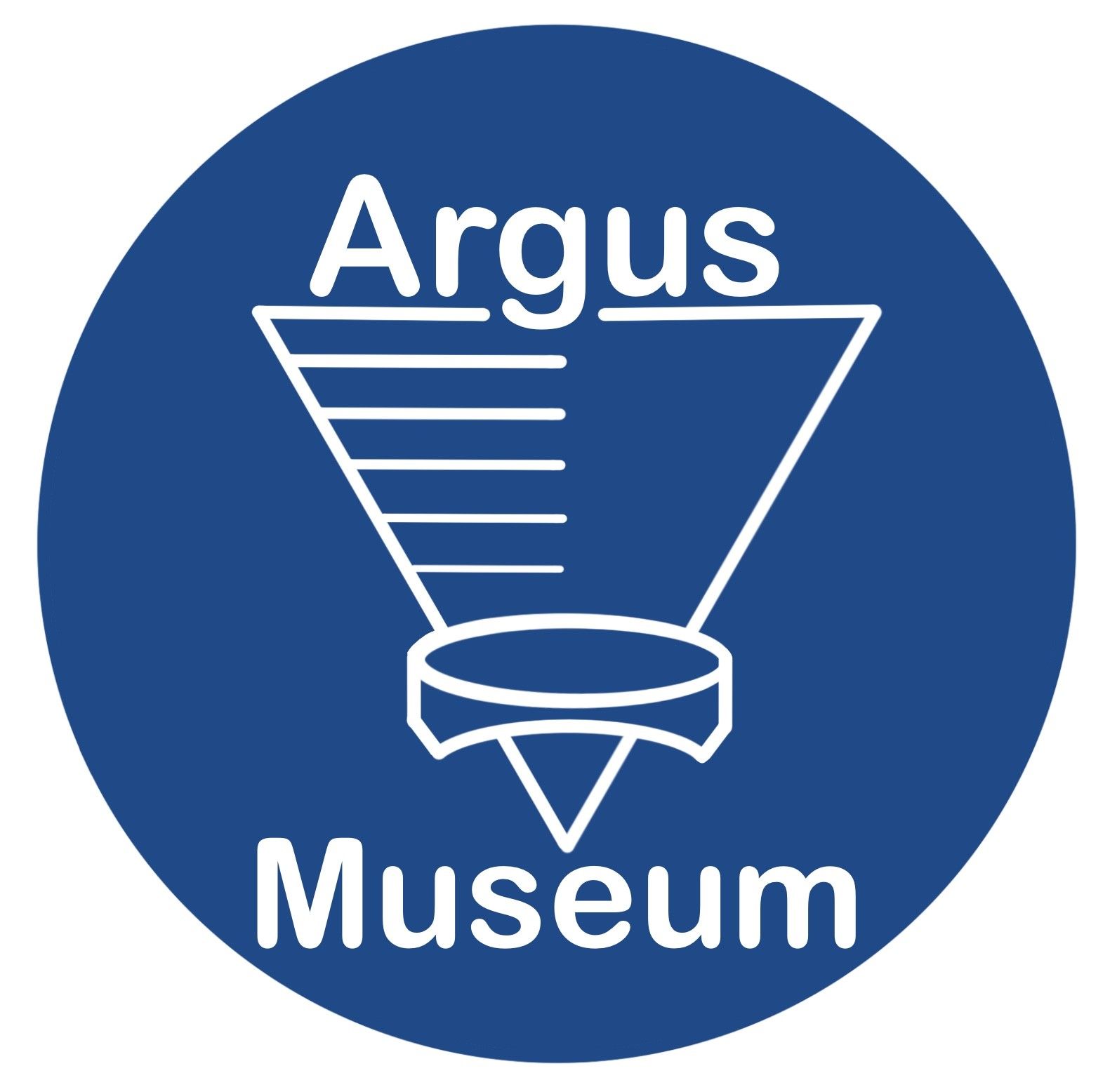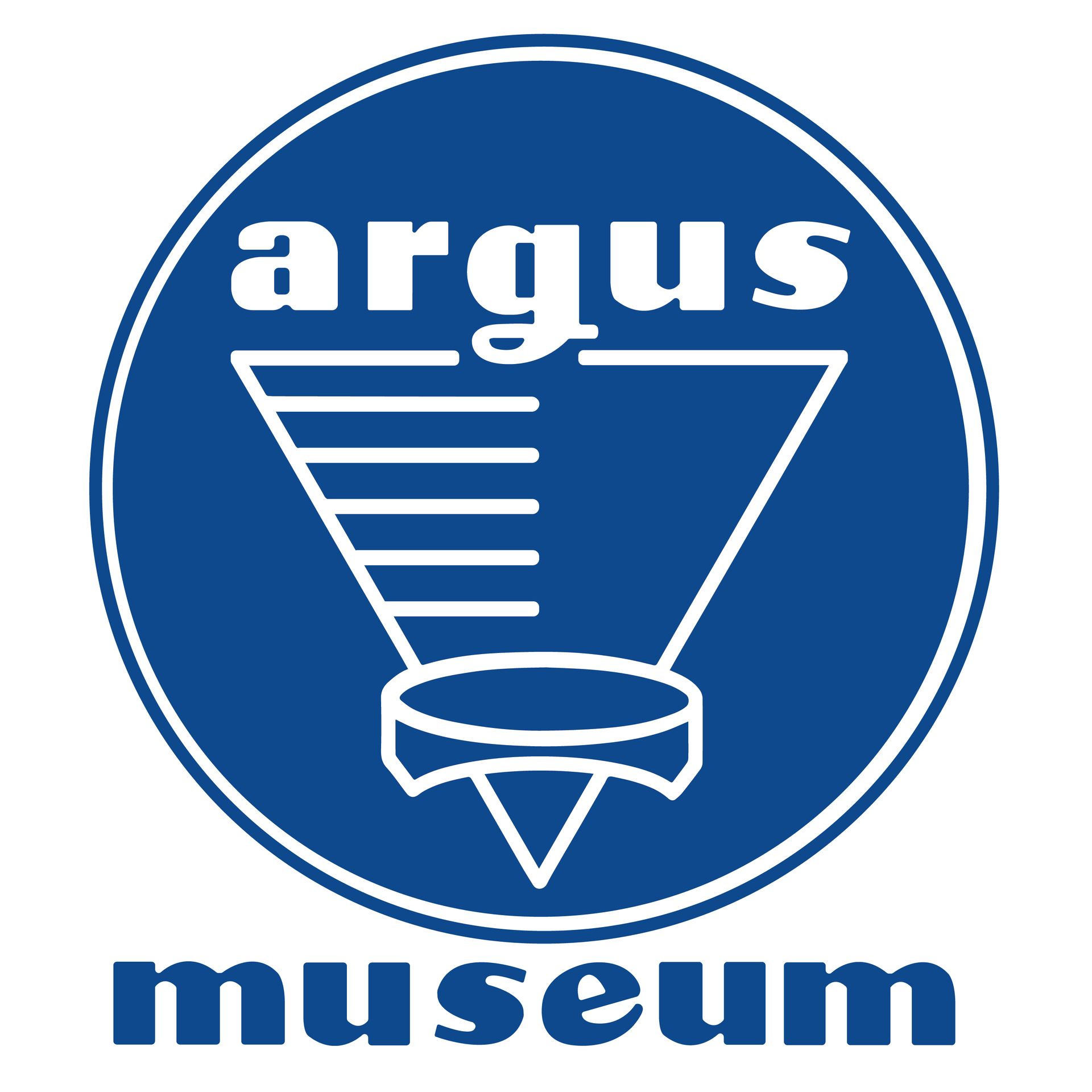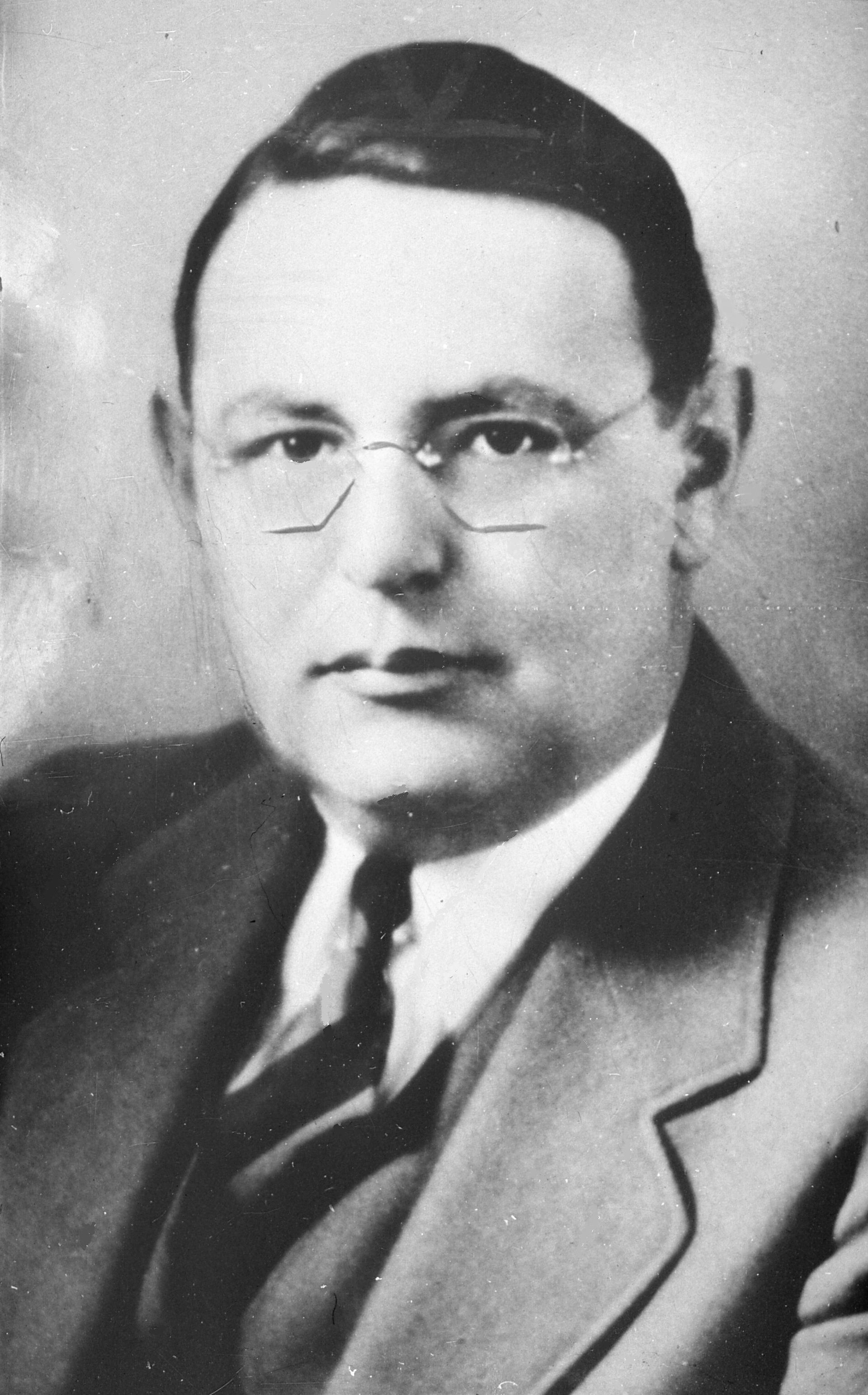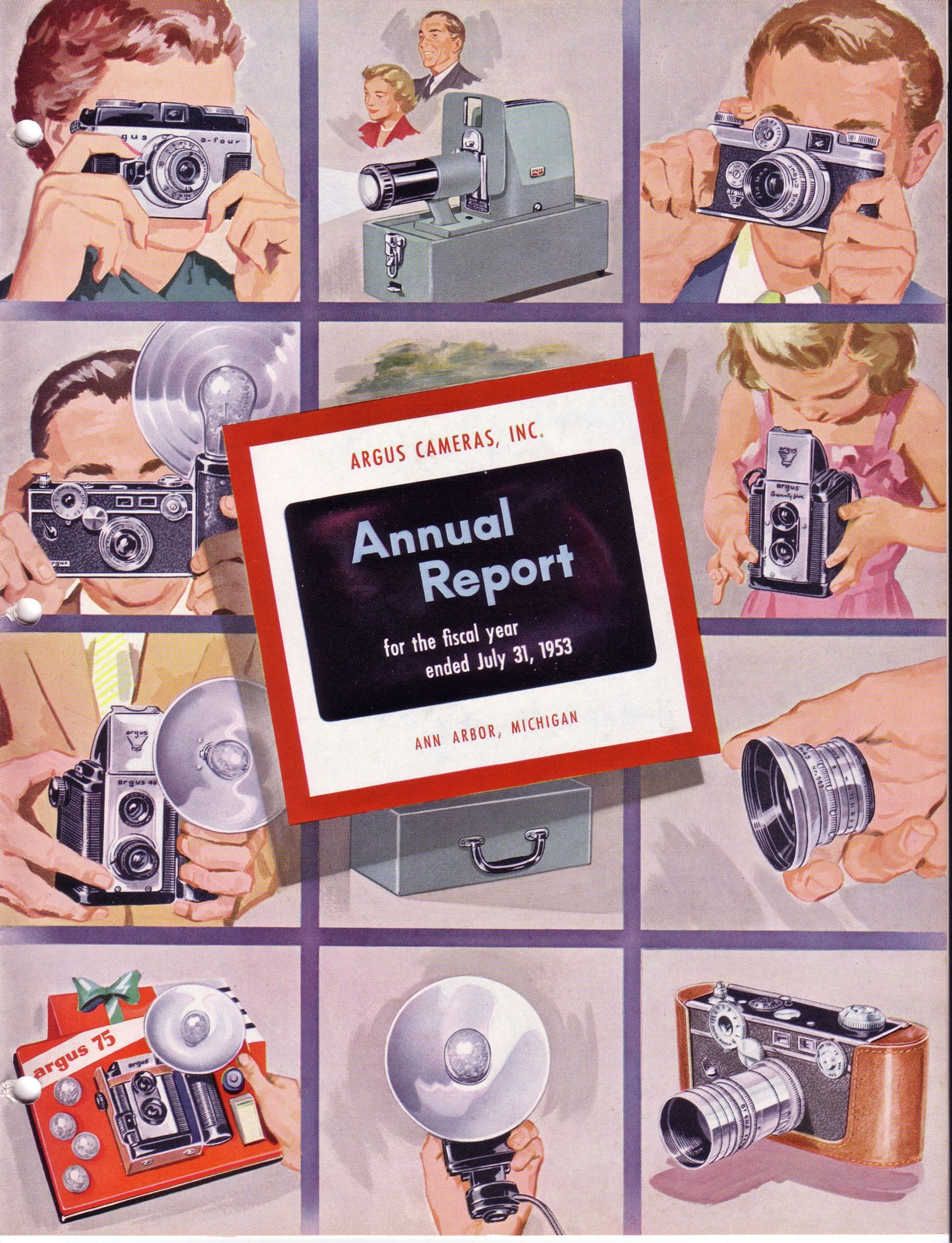History of Argus
Argus Cameras, Incorporated was originally founded as the International Radio Corporation in 1931 by a group of local businessmen from Ann Arbor, Michigan who wanted to inject new life into the area and create much-need jobs during the Great Depression. These businessmen included William E. Brown Jr., who later became the mayor of Ann Arbor; George Burke, a judge at the Nuremberg War Crimes Trial who became a director of the Argus Company; and Charles Albert Vershoor who became the company’s president. This new firm created 75 jobs in its first year. Key to their success was a line of radios with cabinets made out of molded plastic, rather than wood, which could be sold at lower prices. This line was sold under the 'Kadette' brand.
Radios were a seasonal business, selling well in fall and winter but poorly in spring and summer. Verschoor had the idea to smooth out the sales cycle by producing an inexpensive but reliable 35mm camera, to capitalize on the growing popularity of Kodachrome color film. He replicated his success in the radio line by making the camera body out of molded plastic. Their first camera, the Model A, was introduced in May 1936, at $12.50, an unheard-of price for a 35mm camera. Its immediate success, and subsequent popularity of an expanded line of photographic products, led the company to sell its radio patents, change its name to International Research Corporation, and make cameras their primary business.
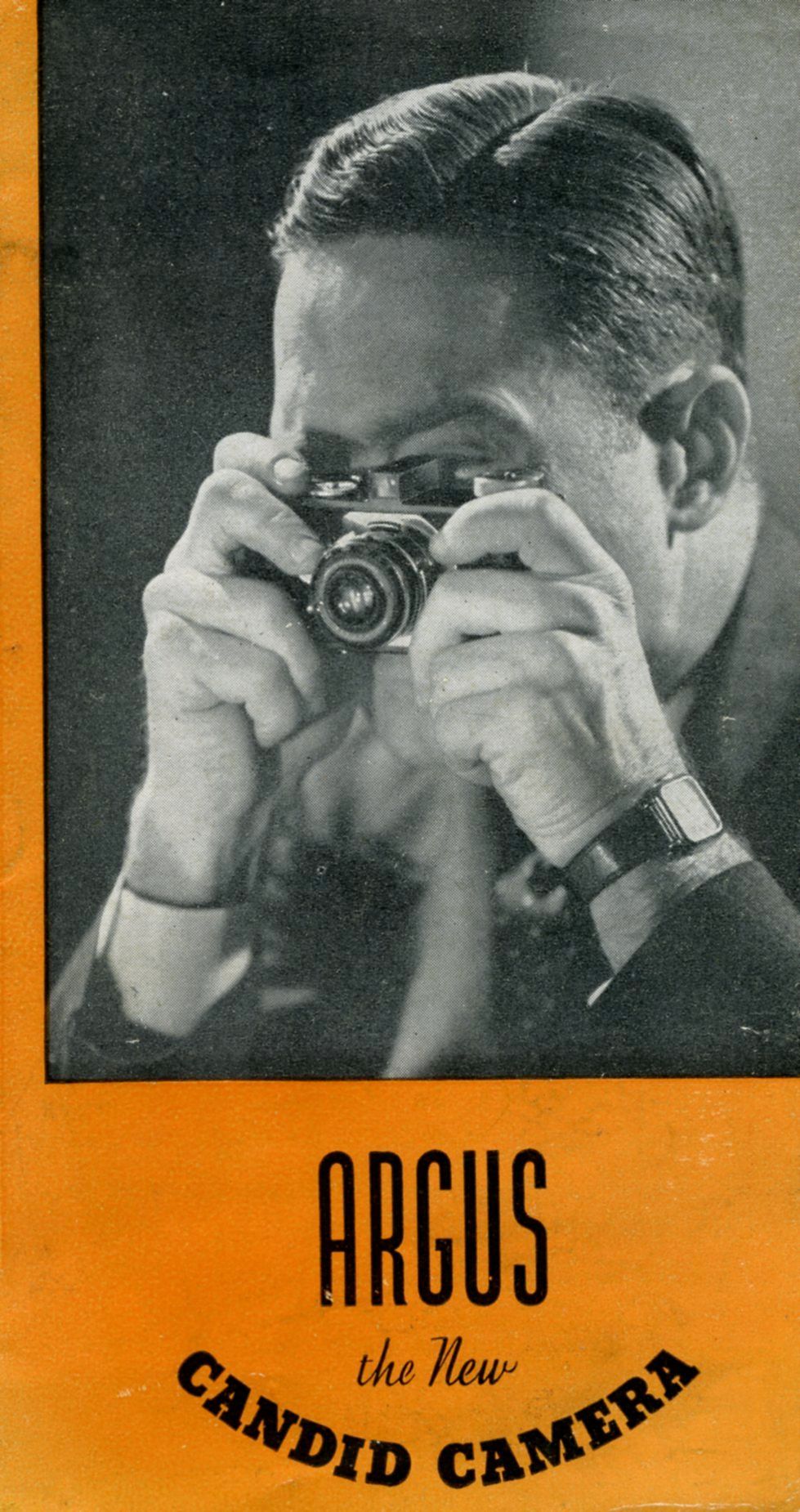
Starting in 1940, the company began producing military optical equipment under US government contracts. In August 1942, all domestic production ceased and Argus devoted its production to military optics and radio equipment for the US and allied armed forces. Government loans, which the company eventually repaid in full, enabled the company to expand its production facilites. In 1944, the company changed its name to Argus, Inc. By war's end, the company had won the coveted Army-Navy "E" Award, for outstanding war production, five times.
After the war, Argus resumed civilian production. They revamped their line to produce mostly mid-line amateur photographic products, filling a product gap in the US that few other companies were able to fill successfully. In addition to cameras, they expanded their lineup of slide projectors, which eventually became a mainstay product line.
In 1949, they changed the company name to Argus Cameras, Inc. Under a revised management team led by Robert Lewis, Argus became the second-largest manufacturer and distributor of camera equipment in the United States well into the 1950s, surpassed only by the Eastman Kodak company. In 1957, Argus Camera Inc. was acquired by Sylvania, though it continued business as Argus. Sylvania subsequently sold Argus to Mansfield, a Chicago-based importer of photographic products, in 1962. Camera production slowly moved out of Ann Arbor over the next several years. After a series of transactions, by 1969, all domestic camera production had ended. From then on, the Argus brand was owned by a series of companies, all of which imported photographic products labeled 'Argus' well into the 21st century.
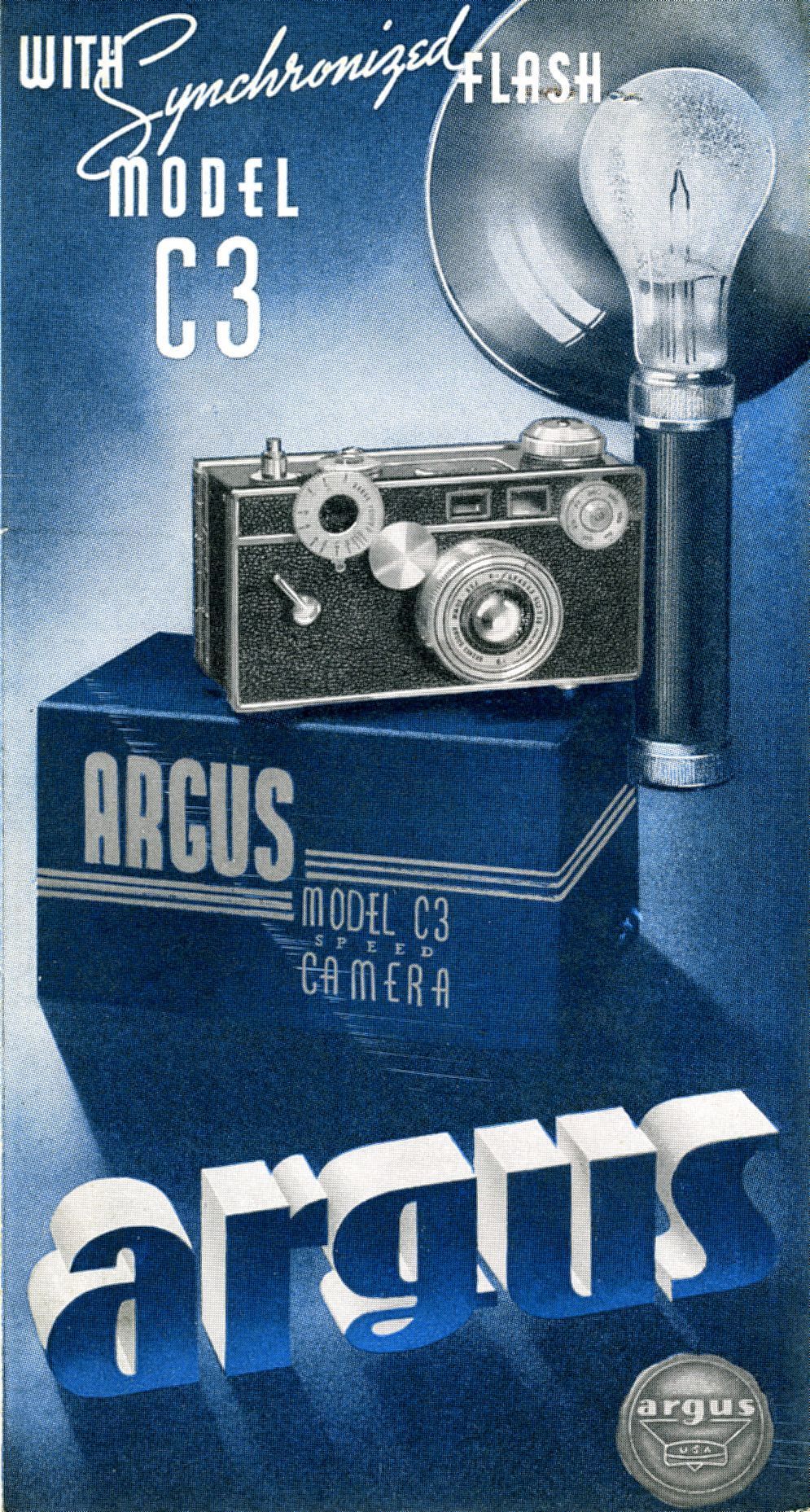
Though the Model A camera got them started in the photographic line, the company's best-known product was the Model C3 camera. Introduced in 1939, it was an upgrade from the Model A, with a coupled rangefinder and in-camera flash synchronization. Selling for $25, it was the most full-featured US camera in its price range, and was immediately successful. Sized and shaped like a brick with a lens, it became known as 'The Brick'. As a simple but effective design and an excellent value, it outlasted not only all of its would-be competitors, but every other camera Argus ever produced. By the time it exited the product line in 1966, over two million C3s had been produced!
